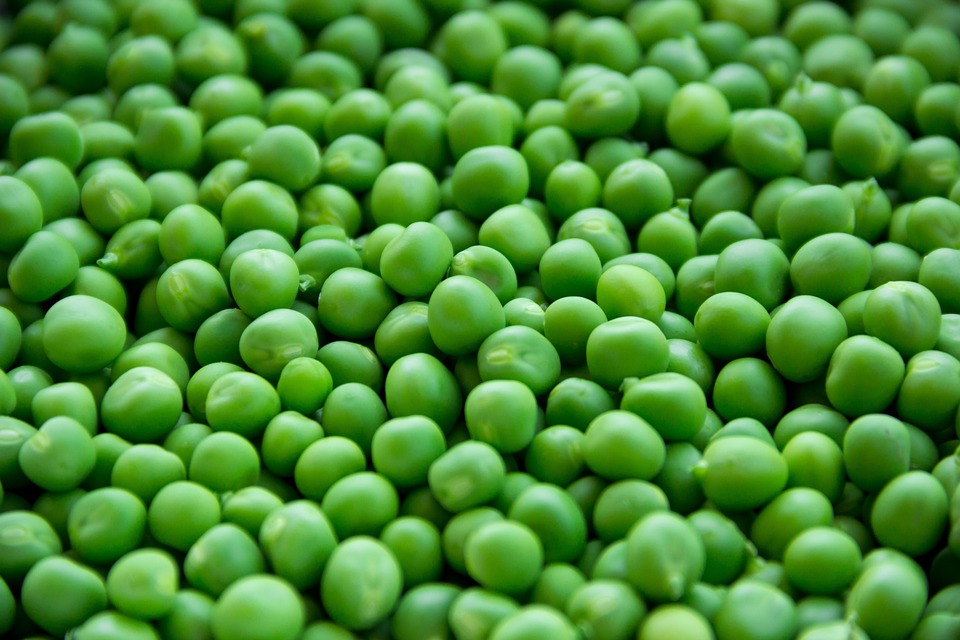Food photography has become a vital aspect of culinary arts, particularly in the age of social media where a visually appealing dish can attract diners and drive culinary trends. Mastering composition techniques can elevate your food photography from ordinary to extraordinary, ensuring that each shot not only captures the essence of the dish but also tells a story. Here are several key composition techniques to help you achieve the perfect shot.
1. Rule of Thirds
The rule of thirds is one of the fundamental principles of photography. By dividing your frame into three equal horizontal and vertical sections, you create a grid that helps position your subject. Place key elements—such as the focal dish—along these lines or at their intersections to create a more dynamic and engaging composition. This technique encourages the viewer’s eye to flow naturally through the image.
2. Leading Lines
Leading lines guide the viewer’s eyes towards the focal point of the photograph. In food photography, consider using elements like forks, plates, or even the lines of a tablecloth to draw attention to your dish. These lines can lead diagonally or directly to your food, making the composition more engaging.
3. Framing
Framing involves using elements within the scene to create a "frame" around your subject. This could be as simple as incorporating a table edge, a flowing napkin, or even the hands of a diner. Framing adds depth and context, focusing the viewer’s attention on the culinary creation.
4. Negative Space
Utilizing negative space can make your food pop in a photograph. This technique involves leaving areas of the image empty, drawing attention to the subject. For instance, using a minimalist background can create a striking contrast against a colorful dish, emphasizing its details and textures.
5. Angle and Perspective
Experimenting with different angles can transform a standard shot into a captivating one. A bird’s-eye view showcases a beautifully styled table, while a 45-degree angle highlights layers and depth, perfect for dishes like burgers or layered cakes. Don’t hesitate to get creative; sometimes, the best perspective requires crouching down or climbing up for that ideal shot.
6. Color Contrast
Colors can greatly influence the mood and appeal of your photograph. Use complementary colors to create visual interest. A vibrant green salad on a dark wooden table, for example, becomes instantly more appealing. Additionally, consider using props that complement the dish without overshadowing it; think of colored napkins, tableware, or background settings.
7. Texture and Detail
Food is not just about taste; its visual appeal often lies in texture and details. Highlight the lusciousness of a melting chocolate ganache or the crispy surface of a perfectly seared steak by capturing close-up shots. Such details can evoke a sensory experience, making the viewer almost able to taste the dish through the photo.
8. Natural Light
Lighting can make or break your food photography. Natural light is often the most flattering and can enhance the colors and textures of the food. Position your setup near a window and avoid direct sunlight, which can create harsh shadows. If natural light isn’t available, use diffused artificial light sources to achieve a similar effect.
9. Styling and Props
The presentation of food is crucial in food photography. Take the time to style your dish carefully before shooting. Use an appropriate plate, garnish thoughtfully, and consider using props such as cutlery, ingredients, or even cooking tools to create a narrative. Every element in the frame should serve a purpose and contribute to the overall story.
10. Experiment and Practice
Ultimately, the best way to improve your food photography is through practice. Don’t be afraid to experiment with different techniques and compositions. Take time to review your work, understand what works and what doesn’t, and continue to evolve your style.
Conclusion
Capturing the perfect shot in food photography is a blend of artistic vision, technical skill, and an understanding of composition techniques. By applying these methods—such as the rule of thirds, leading lines, and effective use of light—you can create visually stunning images that not only showcase culinary creations but also convey a story and evoke emotions. So grab your camera, set the table, and get ready to create mouthwatering imagery that brings your dishes to life!



